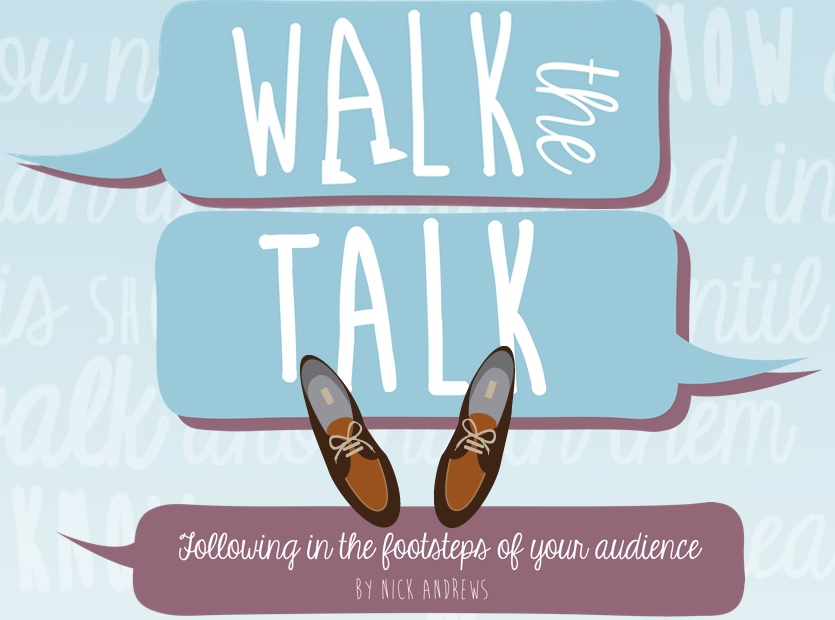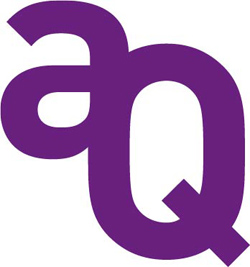In our Autumn 2014 issue of AQ magazine we asked Nick Andrews, Business Development Director for Sequel Group to look at working with your audience and engaging with remote workers.
 Ask a room full of internal communicators about their main challenge of the day, and you can bet that ‘engaging line managers’ and ‘remote workers’ will be popular answers.
Ask a room full of internal communicators about their main challenge of the day, and you can bet that ‘engaging line managers’ and ‘remote workers’ will be popular answers.
Leaving aside the role of middle managers – the gatekeepers who often refuse to use their key – reaching out to those employees without access to a desk or computer continues to be a challenge. Theories abound on the best way to get hold of the field sales rep, the factory worker, the nurse and the long-distance driver. And some of those theories and suggestions have more than a little merit.
But in researching this issue during the past year, it’s struck me that there’s too much theory and not enough action.
In the words of Atticus from the classic To Kill A Mockingbird, ‘You never really know a man until you stand in his shoes and walk around in them.’
How many of us can honestly say we truly understand the working day of the people we are trying to communicate with?
How many of us have – literally – followed in their footsteps to understand the where, when and how they would welcome communication from the company? Where are the touch points in their working day that we as communicators can latch onto and get our message across (and receive feedback)?
Spending a day with a sales rep, for example, might uncover these touch points:
One day’s investment just might yield more useful information than months of reading or dozens of focus groups.
IT’S A CHALLENGE THAT ISN’T GOING AWAY
Recent research continues to show that remote workers feel less engaged than ever. It remains a major problem for corporates. With Gallup reporting lower levels of engagement among manufacturing and field-based teams, and another survey finding that 84 per cent of non-desk people feel they don’t get enough information from HQ, the onus is on communicators to bridge the engagement gap.
After all, it’s often those front-line staff who make a real difference to the performance of an organisation – whether it’s through the quality of their work and pride in it or talking face to face to customers.
So, apart from following in our readers’ footsteps, what other ways can we get through to this vital community?
In my view, there are four obstacles to reaching remote workers.
1. Time – staff don’t have enough of it to search out information relevant to them.
2. Apathy – we live in an increasingly cynical, judgmental world where people are quick to ‘disengage’.
3. Technology – the reality of today’s workplace doesn’t always mirror the theory of connectivity.
4. Relevance – often the content that’s sent to front-line people is not fit for purpose.
First things first, there is no silver bullet or one-size-fits-all remedy. The good news, however, is that we can influence this key area. I’d suggest our solutions are grouped into three – the personal touch, print and digital.Face-to-face conversation remains the most popular form of communication; telling people the state of the nation to their face is a better way (assuming a basic level of comms competence!) to get a message across – it’s more personal and direct.
It is not always practical, of course, to send your execs or middle management to locations across the world and immediate line managers may not have the time to do a subject justice, so alternatives for the personal touch include telephone messaging, video, Town Halls and personalised texts.
Print-wise, the standard front-line employee magazine still has many benefits and remains a preferred source of information for some, but other devices such as messages on payslips or on the back of other HR-related material are also effective, depending on the content.
The humble poster can also be a trump card; we’ve seen them used in a wide variety of ‘touch points’ including toilet cubicles, car parks, shuttle buses, bike racks, pallets, lift walls, the canteen, sports and social clubs and manufacturing floor notice boards.
The new digital world offers a myriad of options too, of course. Social media, ESNs accessible at home, QR codes pushing people online, mobile responsive sites (with BYOD) and audio podcasts – there are a number of ways of reaching those who aren’t glued to a PC all day.
Of those, mobiles offer the greatest reach and the argument that not everyone has a mobile or consumes information that way is fast becoming redundant. The appetite (excuse the pun) for apps that give people information on the go is there and quickly being adopted by a number of major blue chips.
I wonder how many of them have worn the shoes of their audience, though…
 If you’ve enjoyed this article – read the rest of Autumn 2014 AQ magazine. And we’d love to know your thoughts, either in the comments below or by emailing sally.longstaff@sequelgroup.co.uk.
If you’ve enjoyed this article – read the rest of Autumn 2014 AQ magazine. And we’d love to know your thoughts, either in the comments below or by emailing sally.longstaff@sequelgroup.co.uk.